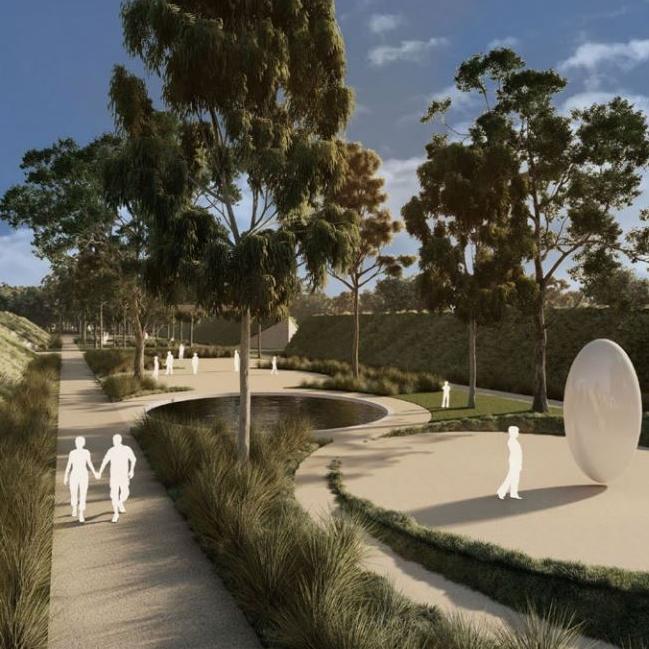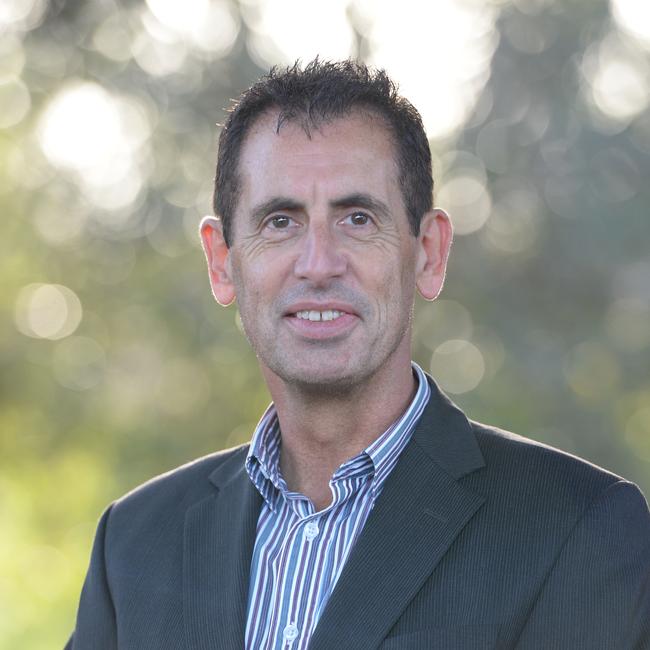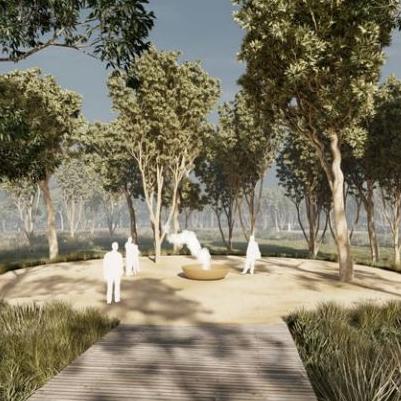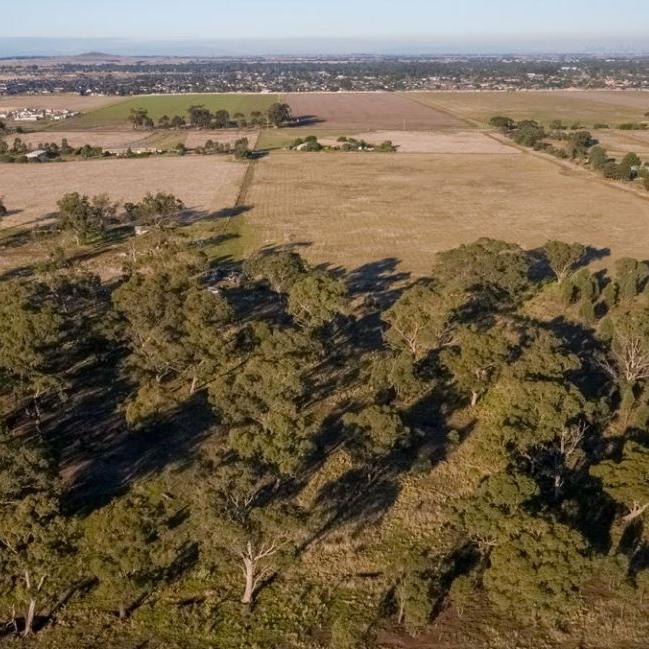Victoria’s largest cemetery to be built in the west amid calls for reform to “inaccessible” graveyards
Victoria’s largest cemetery in 100 years is set to be built in Melbourne’s west, but experts say the government has failed to provide a long-term vision for our final resting place. VOTE IN OUR POLL
North West
Don't miss out on the headlines from North West. Followed categories will be added to My News.
Victoria’s largest cemetery in a century is set to be built in Melbourne’s burgeoning west, but experts say the state government has failed to adequately plan for the needs of modern-day mourners.
A 128-hectare site in Melbourne’s western growth corridor, near Melton, will be home to the most significant cemetery development for the past 100 years and is expected to service the city’s population for many decades.
The Greater Metropolitan Cemetery Trust has released its masterplan for the proposed site at Harkness, 50km northwest of the CBD, which seeks to “re-imagine” the public cemetery as a multi-use space while being first and foremost a sanctuary for visitors in mourning.

Planners say the cemetery will represent Melbourne’s diverse community and incorporate climate change, multiculturalism, and demand for open spaces into its design.
Cemetery expert Dr Philip Bachelor welcomed the masterplan but said the state government had “totally ignored” the needs of contemporary Victoria, which would result in most new burials being inaccessible to mourners.
“The last time there was serious long-term planning was in the 1890s,” he said.
“We know that our communities, infrastructure, and how we travel have changed significantly since then, but sadly our cemeteries do not reflect that.”
VOTE IN OUR POLL BELOW

“I’m not critical of this Melton project – more space is definitely needed – but it's a shame GMCT have been left to develop this project in isolation,” he said.
“What is desperately needed is a statewide approach.
“Cemeteries need to be local and they need to be accessible to mourners; building large sites in remote areas while our metropolitan burial grounds decay is irresponsible and reform is needed.
“The ‘client’ most likely to visit a cemetery is a woman in her 60s who didn’t learn how to drive, she is likely born overseas and potentially struggles with English, [so] the problem becomes that she will not have the means to access these places.”
Dr Bachelor said revitalising existing cemeteries must become a priority and suggested local governments should be responsible for having adequate provisions to bury their increasing populations.
According to GMCT, the majority of Melbourne’s available internment plots will be spent by 2035, and the trust considers providing sufficient space for communities in the city’s north and west growth areas as an immediate challenge.
The masterplan seeks to balances providing a sanctuary for mourners while also providing public green spaces which could host walking and cycling trails, wildlife, picnic areas, recreational spaces, and suitable retail.

The site is located adjacent to the Gilgai Woodlands Nature Conservation Reserve, between Harkness and Bulmans Rds.
It is expected to open in 2026.
A Health Department spokesman said the state government‘s cemetery grants program supported trusts to develop masterplans and expand existing cemeteries.

“Cemetery trusts are responsible for identifying and acquiring land to establish public cemeteries,” the spokesman said.
“They must ensure this does not jeopardise the ongoing maintenance of their current cemeteries, and must seek approval from government,” he said.




